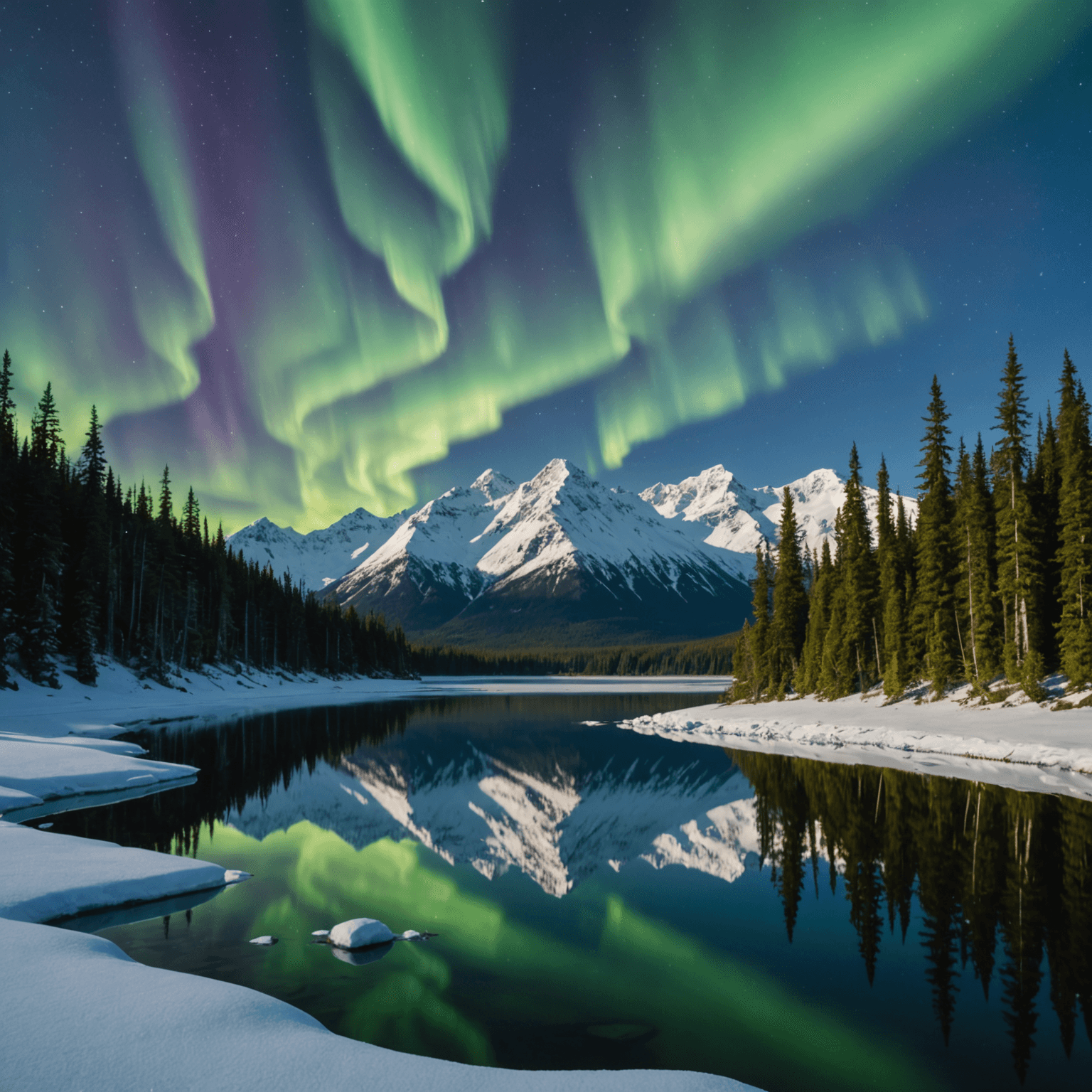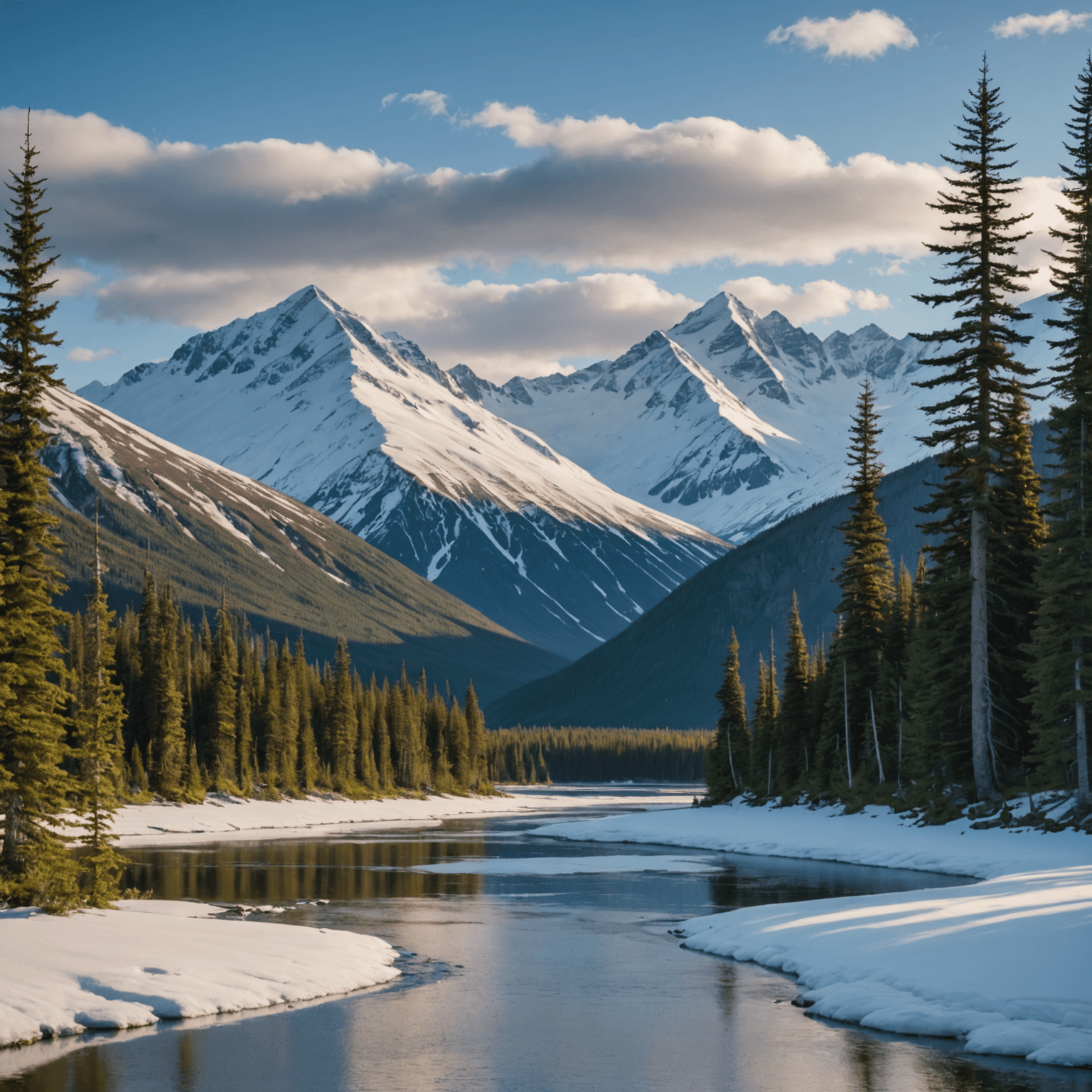Introduction
The aurora borealis, often referred to as the northern lights, is a mesmerizing natural light display predominantly seen in high-latitude regions around the Arctic and Antarctic. These captivating lights are a result of solar particles colliding with the Earth’s atmosphere, creating a stunning dance of colors across the sky. While the aurora borealis is most commonly observed in the dark, clear nights of winter, many wonder if it’s possible to witness this phenomenon during the summer months. This blog post will explore the likelihood of seeing the aurora borealis in summer, the best strategies for maximizing your chances, and where to go for the best experience.
Aurora Borealis in Summer: Can You See It?
The Science Behind Aurora Borealis
Understanding the science behind the aurora borealis is essential to grasp why summer sightings are rare. The lights are produced when charged particles from the sun collide with gases in Earth’s atmosphere, such as oxygen and nitrogen. These interactions typically occur near the magnetic poles, which is why the lights are most visible in regions like Alaska, Canada, Scandinavia, and Russia.
The Challenge of Summer Nights
During summer, regions within the Arctic Circle experience the “midnight sun,” a natural phenomenon where the sun remains visible at midnight. In places like Alaska and northern Scandinavia, the sun barely sets, resulting in very short nights or no darkness at all. This constant daylight significantly reduces the chances of observing the aurora borealis, as darkness is a key factor for visibility.
Best Times and Places to Witness the Aurora Borealis
While summer sightings are challenging, they are not impossible. To increase your chances:
- Travel to Locations with Earlier Darkness: Areas on the edge of the auroral oval, such as southern Alaska, may have slightly longer periods of twilight, potentially offering glimpses of the lights.
- Monitor Solar Activity: Keep an eye on space weather forecasts and aurora alerts, which can predict when the lights might be visible despite the season.
- Visit in Late Summer: As summer transitions to fall, nights begin to lengthen, especially in late August. This period can offer better opportunities for sightings.
For those interested in exploring Alaska during this time, consider checking out Alaska spring tours and dog sled adventure tours in summer.

Planning Your Aurora Borealis Adventure
Choosing the Right Location
To maximize your chances of seeing the aurora borealis during summer, location is crucial. Areas with minimal light pollution, such as remote parts of Alaska, offer the best viewing conditions. Consider destinations like Fairbanks or Anchorage, which are known for their aurora visibility.
- Fairbanks: Known as one of the best places globally to view the aurora borealis, Fairbanks offers various tours and activities geared toward aurora hunters.
- Anchorage: Although slightly less optimal than Fairbanks, Anchorage still provides good opportunities, especially when combined with other activities such as Alaska snowmobile tours.
For more travel tips and planning assistance, visit Travel Alaska and Alaska.org.
Preparing for Your Trip
When planning an aurora borealis trip, especially in summer, consider the following:
- Weather Conditions: Clear skies are essential for aurora viewing. Check the local weather forecast to ensure favorable conditions.
- Clothing and Gear: Even in summer, temperatures in aurora-viewing regions can drop significantly at night. Dress in layers and bring warm clothing.
- Tours and Guides: Engage with local experts and tours to enhance your experience. Consider combo tours that combine aurora viewing with other activities like dog sledding or snowmobiling.

Conclusion
While seeing the aurora borealis during summer nights is rare, it’s not entirely out of reach. By choosing the right locations, timing your visit strategically, and staying informed about solar activity, you can increase your chances of witnessing this breathtaking natural display. Whether you choose to embark on a solo adventure or join a guided tour, the pursuit of the northern lights is sure to be an unforgettable experience. For more information on planning your trip, visit our northern lights ultimate adventure page.
FAQ
1. Can you see the aurora borealis during the summer?
Yes, but it is challenging due to the extended daylight hours. The best chance would be during late summer when nights start to lengthen.
2. Where are the best places to see the aurora borealis in summer?
Locations with minimal light pollution and nearer the edges of the auroral oval, such as southern Alaska, are ideal.
3. What time of year is best for viewing the aurora borealis?
Winter months offer the best opportunities due to longer nights, but late August can also provide good conditions as nights begin to lengthen.
4. How can I increase my chances of seeing the aurora borealis in summer?
Monitor aurora forecasts and choose locations with earlier sunsets. Late summer can also be a good time as nights grow longer.
5. What should I wear for an aurora borealis viewing trip?
Dress in layers and bring warm clothing, as temperatures can drop significantly at night, even in summer.
6. Are there any guided tours for aurora viewing in summer?
Yes, there are tours available that combine aurora viewing with other activities like dog sledding and snowmobiling. Check out options like our dog sled rides for more information.
7. Is Fairbanks a good location for summer aurora viewing?
Fairbanks is one of the best places for aurora viewing year-round, though summer sightings are less common due to longer daylight hours.
8. How does solar activity affect aurora visibility?
Increased solar activity can enhance aurora displays, making them visible even during periods with less darkness. Keep an eye on solar forecasts for optimal viewing times.




